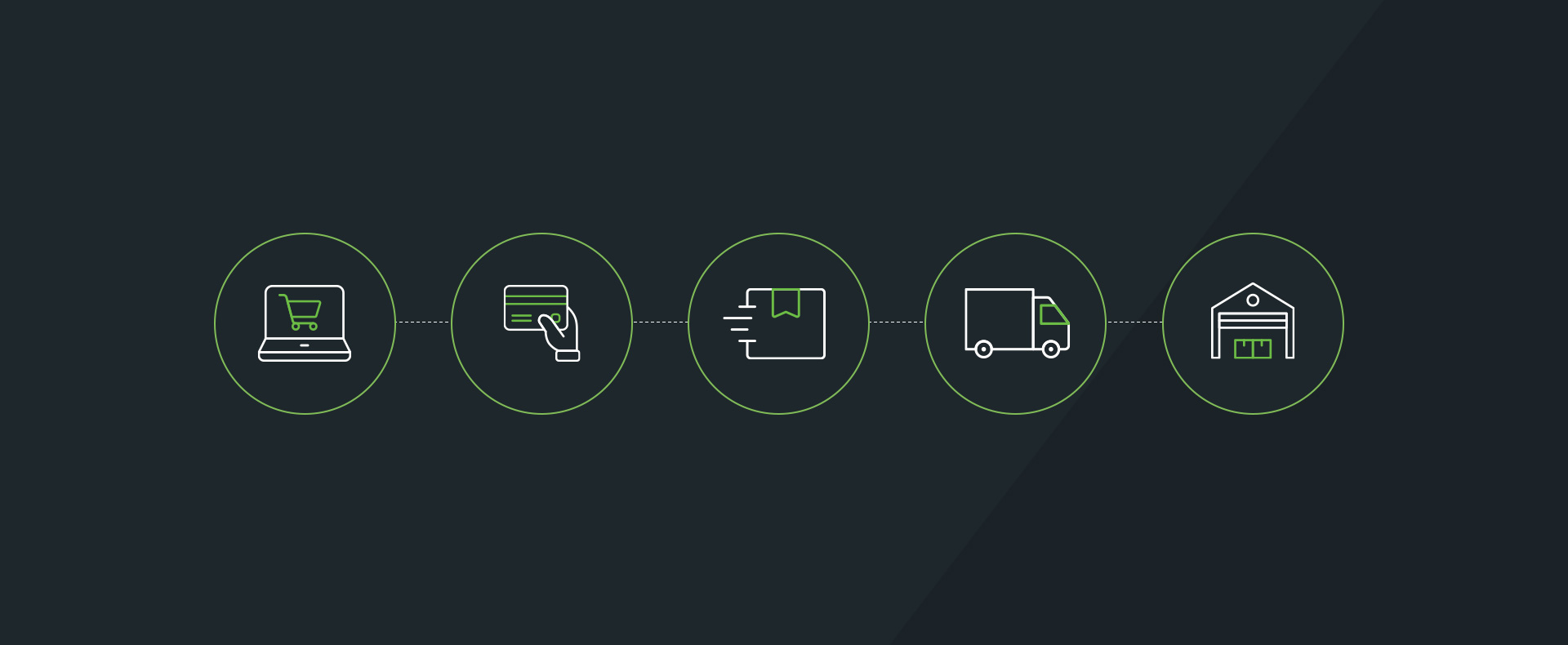Blending Spaces: How Hybrid Retail Is Changing Ecommerce

As digital technology continues to change our world, the importance of hybrid retail and omnichannel strategies becomes ever more critical in the ecommerce sector. Leading direct-to-consumer (DTC) and ecommerce brands are pioneering this shift by increasingly establishing physical stores to complement their online presence. This blog aims to delve into how this strategic integration not only solidifies customer engagement but also enhances operational efficiency. Join us in uncovering the transformative impact of blending digital and physical spaces, as detailed in our Ecommerce Delivery Benchmark Report. Let’s explore together the innovative omnichannel strategies that are setting the course for the future of retail.
Rising trend of physical stores in ecommerce
The world of ecommerce is witnessing a significant transformation as brands like AllBirds and Warby Parker in the US, and Gymshark in the UK, extend their digital presence into the physical realm. These brands serve as prime examples of the success of the hybrid retail model, highlighting a growing trend as businesses adapt to consumer needs and market dynamics.
The integration of physical stores is proving to be a potent strategy for marketing and customer engagement amidst rising online customer acquisition costs. Our report underscores the substantial impact of physical stores, with £52 billion of online sales relying heavily on brick-and-mortar presence. This synergy between online and offline channels is about increasing sales and enriching the customer’s buying journey.
Physical stores offer distinct advantages:
- Providing immediate product access and enhancing customer satisfaction.
- Serving as crucial points for product returns and exchanges, thereby simplifying logistics.
- Allowing customers to experience products firsthand, which is particularly vital in categories like apparel and electronics where the feel and fit of the product are essential.
This dynamic approach not only meets the diversified preferences of modern shoppers who enjoy both in-person and online shopping but also significantly boosts the overall effectiveness of retail strategies.
The halo effect of physical stores
The presence of physical stores significantly amplifies online sales within their vicinity, creating a ‘halo effect’ that boosts both visibility and revenue. For instance, Warby Parker has reported a tripling of its online sales in areas where it has opened physical stores. This dramatic increase highlights the synergistic relationship between online and offline channels:
- Brand Visibility and Credibility: Physical stores increase a brand’s visibility and lend credibility, attracting new customers and deepening trust within the community.
- Enhanced Customer Experience: Physical locations provide a venue for meaningful brand interactions. They allow companies to showcase their identity and values in a tangible way, offering customers a more immersive and engaging shopping experience.
Physical stores as multifunctional hubs
Physical stores are evolving from traditional retail outlets to become crucial points in an omnichannel supply chain. They enhance operational efficiencies by serving multiple roles:
- Fulfilment and Returns: By doubling as fulfilment centres, physical stores can expedite shipping, offering faster delivery options such as same-day or next-day delivery. This capability is vital as our data reveals that 55% of consumers expect two-day delivery, yet only a third of merchants can provide this service.
- In-Store Technology Integration: Ecommerce brands increasingly deploy technologies like intelligent mirrors and digital kiosks within their stores. These tools enhance the shopping experience by providing personalised recommendations and interactive product demonstrations.
- Inventory and Logistics Management: The concept of ‘dark stores’ (retail outlets functioning solely as local distribution centres) is gaining traction. This shift streamlines logistics and optimises inventory management, making managing stock levels in real time more accessible.
By leveraging these multifunctional aspects, physical stores significantly contribute to the seamless integration of online and offline shopping experiences, therefore, reinforcing an omnichannel strategy’s effectiveness.
It’s not just a trend – it’s an omnichannel strategy
The strategic blending of online platforms and physical stores is essential for providing comprehensive customer experiences and boosting operational efficiencies.
ShipStation improves the aspect of the shipping process for e-commerce businesses by leveraging its comprehensive platform that connects with a wide array of global carriers. This extensive network allows retailers to customise their shipping options, efficiently balancing cost and speed to meet diverse customer preferences. ShipStation not only facilitates swift and reliable dispatches but also supports business expansion into international markets, proving invaluable for retailers looking to extend their global footprint.
So download our Ecommerce Delivery Benchmark Report to discover more about how hybrid retail models are revolutionising the industry. Equip your business with the knowledge to navigate these changes and leverage the full potential of omnichannel strategies!



